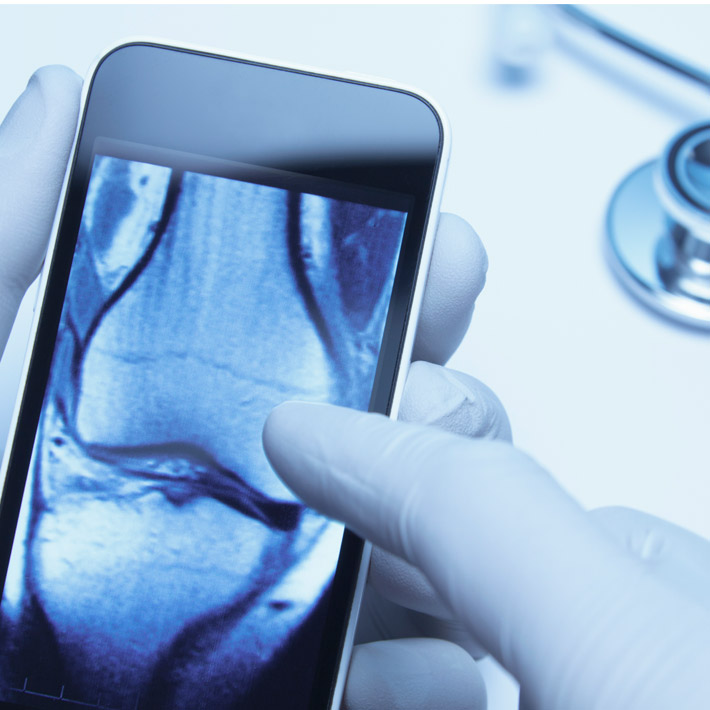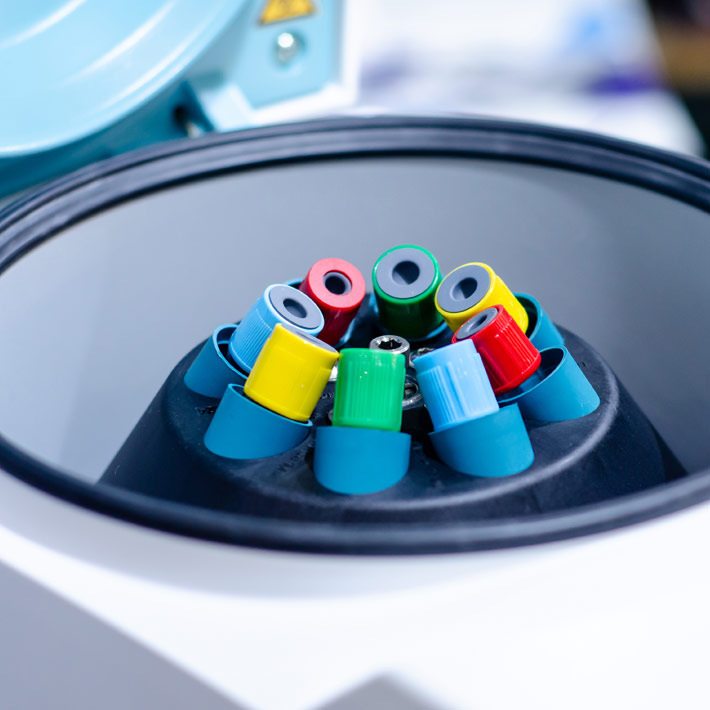28 September 2017
Stem cells found in the bone marrow are not all the same. These cells comprise different subpopulations, each with their own distinct morphological and functional characteristics. A Saudi-led investigation has discovered a molecular marker that can differentiate between bone-forming and other types of precursor stem cells in the marrow.
In the future, the findings could be put to clinical use to enhance bone regeneration following injury, for example. This application would be relatively straightforward, according to Amer Mahmood, a stem cell biologist from King Saud University (KSU) in Riyadh. “A clinician could sort the bone marrow cells and only inject those involved in making bone to get better results and faster healing in patients,” he says.
The team of researchers isolated two groups of bone marrow cells on the basis of their morphology under the microscope. One subpopulation of cells, which he and his colleagues call CL1, had a cuboid-like geometry, whereas the other, dubbed CL2, was composed of spindle-shaped cells.
Both cell populations expressed some of the same surface markers that denote bone marrow stem cells (BMSCs). However, a complete gene expression analysis revealed some major differences. CL1 cells, the researchers found, were enriched for more than 80 different genes related to bone mineralization and skeletal muscle development. In contrast, CL2 cells exhibited higher expression levels of some 75 genes involved in regulating the immune system.
The researchers tested the differentiation potential of each cell type. CL1 cells could more readily be coaxed into forming bone or fat precursors. However, blocking the expression of a gene called alkaline phosphatase (ALP) impaired this potential and reduced the expression of 62 genes involved in bone formation.
This revealed the central role of ALP in guiding CL1 cells toward bone formation. What’s more, the team showed that simply testing for the expression of ALP alone could discriminate between CL1 and CL2 cells in a mixture of BMSCs. “ALP is a unique marker of osteoblast differentiating cells,” Mahmood says.
Heterogeneous concoctions of BMSCs are currently used to treat everything from orthopaedic disorders, such as osteoarthritis, to autoimmune diseases, like lupus. The findings suggest that pre-sorting the stem cells and using only the subpopulation involved in the disease process being treated could improve health outcomes.
References
Elsafadi, M., Manikandan, M., Atteya, M., Hashmi, J. A., Iqbal, Z. et al. Characterization of cellular and molecular heterogeneity of bone marrow stromal cells. Stem Cells International 2016, 9378081 (2016). | article



